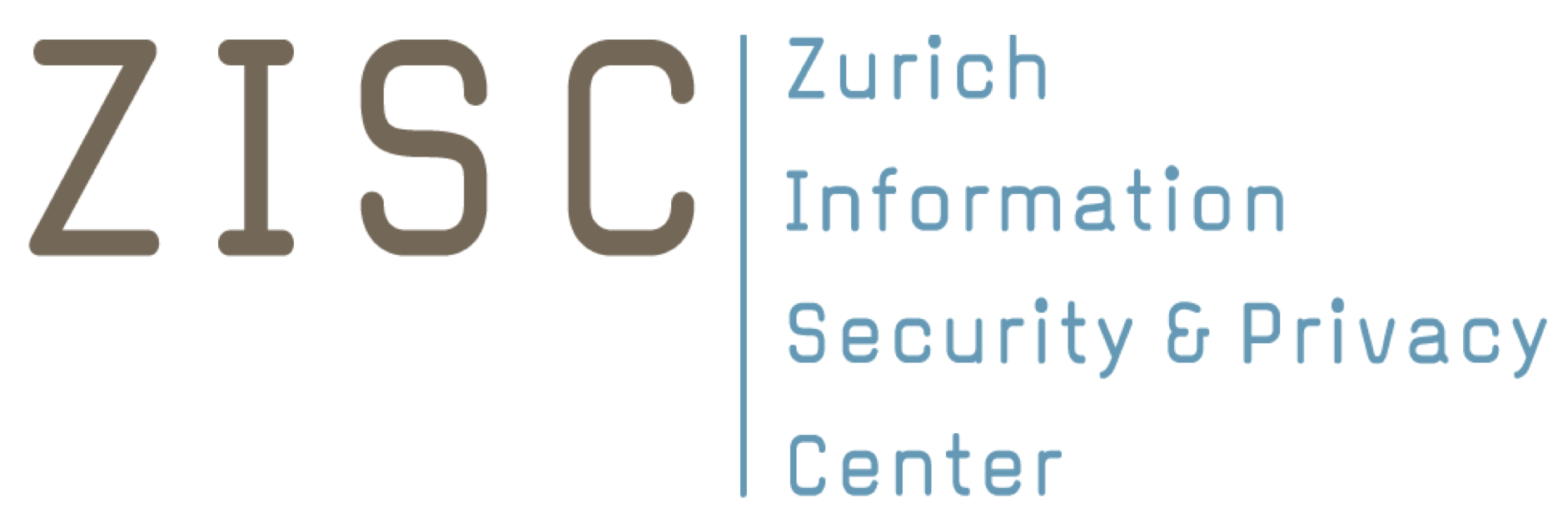Private Information Retrieval with Sublinear Online Time
Abstract: We present the first protocols for private information retrieval that allow fast (sublinear-time) database lookups without increasing the server-side storage requirements. To achieve these efficiency goals, our protocols work in an offline/online model. In an offline phase, which takes place before the client has decided which database bit it wants to read, the client
